
When I first experienced the warmth and depth of a well-cooked gumbo, the world of comfort food forever changed for me. Picture this: the sizzle of andouille sausage mingling with the fragrant “Holy Trinity” of vegetables—onion, celery, and bell pepper—creating a symphony of flavors right in your kitchen. As the rich aroma envelops the room, you can’t help but feel invited to gather 'round the dinner table with loved ones.
This Classic Cajun Gumbo with Sausage and Shrimp is not just a meal; it’s a celebration of culture, family, and tradition, perfect for cozy nights when you need a hearty bowl that feels like a warm hug. With a unique roux that darkens to perfection and a spice blend that dances on your palate, each spoonful brings comfort and joy. Whether you're a seasoned chef or a novice looking to spice up your weeknight dinners, this dish will transport you straight to Louisiana with its soul-satisfying blend of flavors. Let’s dive in!

Why is this Gumbo recipe a must-try?
Rich, Comforting Flavors: The blend of andouille sausage and succulent shrimp with a perfectly dark roux creates a depth of flavor that's hard to resist.
Easy to Make: You don’t need to be a pro chef! The straightforward steps make it accessible for anyone wanting a homemade meal.
Versatile Ingredients: Swap in chicken or crab for shrimp, or try adding okra for that authentic Cajun twist.
Perfect for Gatherings: This dish is designed to be shared, making it ideal for family dinners or friendly get-togethers.
Time- saving: With the ability to enhance flavors by resting overnight, it’s perfect for meal prep. Enjoy leftovers or serve it fresh!
Gather your loved ones, and dive into this comforting bowl of gumbo that's sure to leave everyone craving more!
Gumbo Ingredients
For the Roux
- Unsalted Butter – Provides richness and flavor for the roux; can substitute with vegetable oil for a lighter option.
- All-Purpose Flour – Essential for creating the roux, thickening the gumbo; no substitutes if making a traditional roux.
For the Base
- Celery (2 ribs) – Adds crunch and flavor; can substitute with fennel for a slightly different taste.
- Yellow Onion (1 large) – Forms the base of the flavor profile; no substitutes needed.
- Green Bell Pepper (1 large) – Contributes sweetness and texture; can replace with other bell pepper colors for variation.
- Minced Garlic (2 teaspoons) – Enhances flavor depth; fresh garlic is preferable; powdered garlic can be used in a pinch.
For the Broth and Protein
- Beef Broth (10 cups) – Serves as the stew's liquid base; chicken broth or vegetable broth can be used for lighter flavors.
- Andouille Sausage (1 ring, 14 oz) – Adds smoky, spicy flavor; kielbasa can be used as a milder alternative.
- Medium Shrimp (3 pounds) – Primary protein, juicy and flavorful; substitute with crab or scallops if desired.
For Added Flavor
- Stewed Tomatoes (1 can, 14.5 oz) – Contributes acidity and texture; for a more classic gumbo, omit tomatoes or use diced tomatoes instead.
- Tomato Sauce (1 can, 6 oz) – Adds richness and enhances flavor; same substitutions as for stewed tomatoes.
- Hot Sauce (2 tablespoons) – Provides heat to the dish; adjust based on spice preference or swap with Cajun seasoning for varied heat.
- Worcestershire Sauce (2 tablespoons) – Deepens flavor complexity; soy sauce can serve as a substitute.
For Seasoning and Thickening
- White Sugar (1 tablespoon) – Balances acidity from tomatoes; can omit if not necessary.
- Cajun Seasoning (½ teaspoon) – Adds regional flavor; store-bought or homemade can be used; adjust to taste.
- Dried Thyme (½ teaspoon) – Enhances the gumbo’s herbal notes; fresh thyme could be substituted (use more as fresh herbs are less potent).
- Gumbo Filé Powder (4 teaspoons, divided) – Thickens and flavors the stew; can use cornstarch or tapioca powder in a pinch but lacks the unique taste.
- Bay Leaves (4) – Adds an aromatic layer; always remove before serving.
For Serving
- Cooked White Rice – Traditional base that absorbs the gumbo's flavors; other grains can be used for variation.
This gumbo recipe is sure to become a favorite at your dinner table, where rich, layered flavors will delight everyone!
How to Make Cajun Gumbo
-
Melt the Butter: In a large pot over medium-low heat, melt unsalted butter. The butter should be bubbly but not browning yet, creating a luscious base for your roux.
-
Whisk in the Flour: Add all-purpose flour to the melted butter, whisking continuously to combine. Cook this mixture until the roux reaches a deep brown color, which will take about 30-40 minutes. Keep stirring to prevent burning!
-
Cool the Roux: Once your roux is the perfect color, remove the pot from heat and let it cool slightly. This will enhance its flavor and help in the next steps.
-
Chop the Vegetables: In a food processor, finely chop the celery, onion, bell pepper, and garlic. This aromatic vegetable mix, known as the "Holy Trinity," adds fantastic flavor to your gumbo.
-
Combine Mix with Roux: Add the chopped vegetable mixture to the roux, turning the heat back on to medium-low. Cook until the vegetables are tender, about 8-12 minutes, stirring frequently.
-
Add Beef Broth: Gradually whisk in the beef broth, bringing the mixture to a boil. This should take about 15-20 minutes, and you’ll see the gumbo begin to thicken.
-
Stir in Main Ingredients: Lower the heat, and stir in the andouille sausage, stewed tomatoes, tomato sauce, hot sauce, white sugar, Cajun seasoning, dried thyme, and bay leaves. Let this simmer uncovered for 45 minutes, letting the flavors meld beautifully.
-
Finish with Gumbo Filé Powder: After 45 minutes, add 2 teaspoons of gumbo filé powder and let it simmer for an additional 15 minutes. This will enrich the gumbo's flavor and thickness.
-
Cook the Shrimp: Remove the bay leaves, then add the medium shrimp and Worcestershire sauce to the pot. Cook on low until the shrimp are fully done, about 45-60 minutes. They should be pink and opaque.
-
Serve Over Rice: Stir in any remaining gumbo filé powder before serving your gumbo over a fluffy bed of cooked white rice.
Optional: Garnish with chopped green onions or fresh parsley for an extra pop of color and flavor!
Exact quantities are listed in the recipe card below.
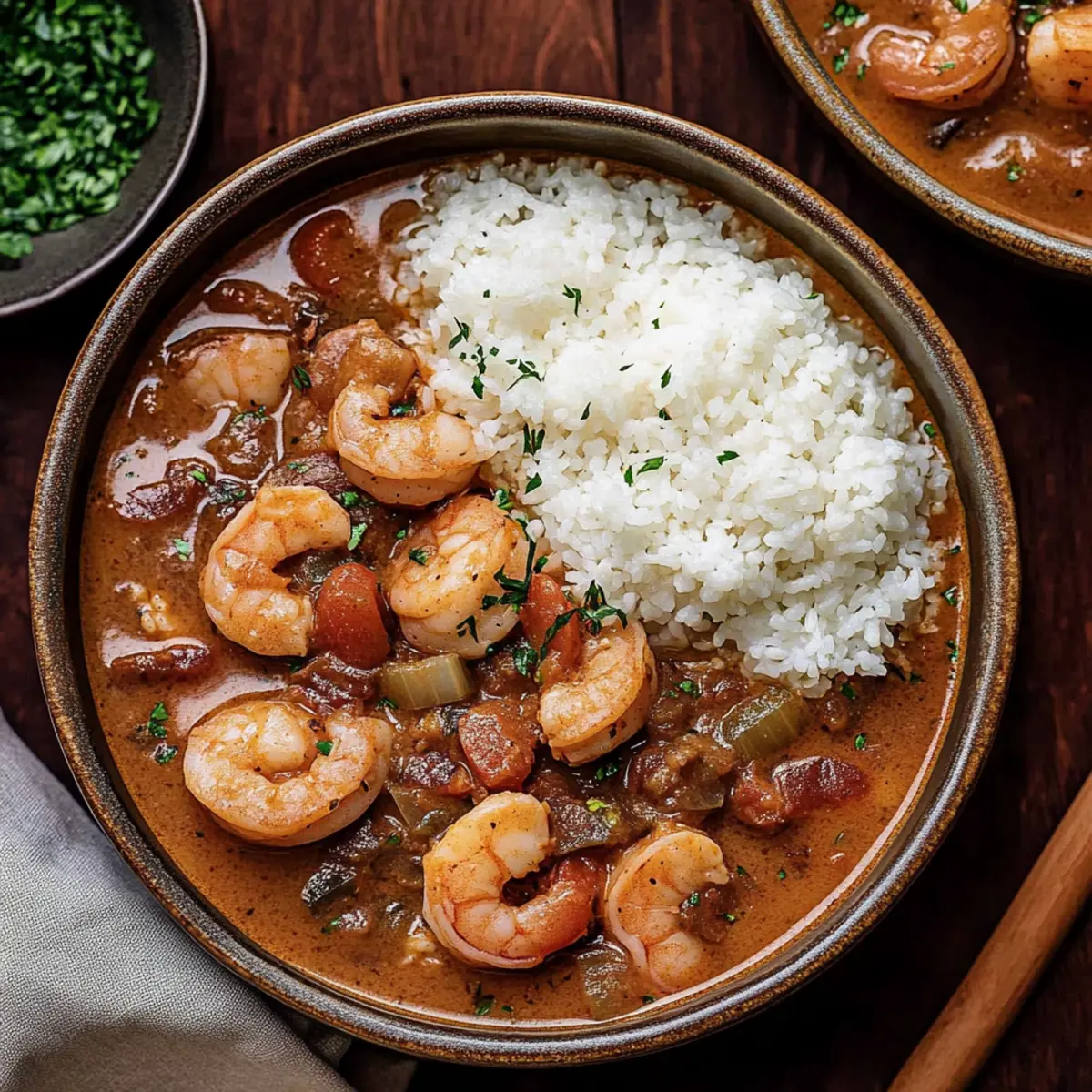
How to Store and Freeze Gumbo
Fridge: Store leftover gumbo in an airtight container for up to 3 days. Allow it to cool completely before sealing to maintain freshness.
Freezer: Gumbo can be safely frozen for up to 3 months. Make sure to leave out the rice, as it doesn't freeze well.
Reheating: When ready to enjoy, thaw in the fridge overnight and reheat gently on the stovetop over low heat, stirring occasionally until warmed through.
Portion Control: Consider dividing gumbo into individual portions before freezing, making it easy to enjoy a quick meal later!
Expert Tips for Gumbo
- Perfect Your Roux: Stir constantly while cooking the roux; burning it can ruin the flavor. Aim for a deep brown color for the best results.
- Rest for Flavor: Letting the gumbo sit overnight enhances the flavors. Reheat gently before serving for a deeper taste.
- Add Okra: For a true Louisiana touch, consider adding okra to the gumbo; it’s a traditional ingredient that adds both flavor and texture.
- Thaw Shrimp: If using frozen shrimp, always thaw them before adding to the gumbo to avoid excess moisture and a watery consistency.
- Customize Heat: Adjust the amount of hot sauce or Cajun seasoning based on your spice tolerance; everyone's heat preference is different!
Gumbo Variations & Substitutions
Feel free to personalize this gumbo recipe to suit your taste and dietary preferences—your bowl of comfort awaits!
-
Chicken Option: Swap shrimp for chicken thighs, simmering until tender for a heartier dish.
-
Crustacean Boost: Replace shrimp with lump crab meat for a luxurious twist that brings the sea's essence to every bite.
-
Okra Addition: Add sliced okra while simmering for that traditional gumbo texture; it thickens and adds a lovely flavor.
-
Vegetarian Delight: Use vegetable broth and chickpeas instead of meat for a plant-based version that’s still satisfying.
-
Spicy Kick: Amp up the heat with diced jalapeños or a dash of cayenne pepper, perfect for those who love their gumbo fired up.
-
Roux Varieties: Try a lighter roux by using half the butter, combining with earthy mushrooms for an umami-packed twist.
-
Grain Upgrade: Serve over quinoa or cauliflower rice for a gluten-free alternative that won’t skimp on flavor.
-
Savory Herbs: Experiment with fresh herbs like parsley or basil to brighten the dish while adding additional layers of flavor.
Your gumbo can be as versatile as your imagination—get creative and make it your own!
Make Ahead Options
These Classic Cajun Gumbo preparations are perfect for busy weeknights and meal prep enthusiasts! You can make the roux a day in advance (up to 24 hours) and refrigerate it to enhance its flavor. Chop your vegetables (onion, celery, and bell pepper) ahead of time, keeping them stored in an airtight container for up to 3 days. When you're ready to serve, simply combine the roux and vegetables, add the beef broth, then follow the remaining cooking instructions. Resting the gumbo overnight allows the flavors to deepen, ensuring it’s just as delicious when you heat it again. This way, you’ll enjoy a comforting bowl of gumbo with minimal effort!
What to Serve with Classic Cajun Gumbo with Sausage and Shrimp?
To elevate your gumbo experience, consider these delightful pairings that complement its rich flavors.
- Fluffy White Rice: A classic base that soaks up the gumbo's savory broth, making each bite even more satisfying.
- Homemade Cornbread: Light and buttery, this bread adds a comforting, slightly sweet contrast to the spicy gumbo.
- Crispy French Bread: Perfect for dipping, the crusty exterior and soft inside make it an ideal companion for every bowl.
- Garden Salad: A fresh, crisp salad with a tangy vinaigrette balances the hearty gumbo, offering a refreshing palate cleanser.
- Sautéed Greens: Lightly seasoned sautéed greens, like kale or collard greens, add a nutritious and vibrant touch to your meal.
- Tangy Coleslaw: The creamy, tangy crunch of coleslaw provides a delicious contrast to the stew's rich texture, enhancing the overall experience.
- Sweet Tea: A classic Southern drink that refreshes and complements the spices in the gumbo, making for a delightful pair.
- Peach Crisp: For dessert, a warm peach crisp adds a hint of sweetness and texture, rounding out the meal with a seasonal touch.
- Pineapple Upside-Down Cake: This delightful cake offers a nostalgic sweetness that counteracts the gumbo's spiciness beautifully.
Indulge in these pairings as you savor each bowl of gumbo, transforming your dinner into a complete and memorable meal!
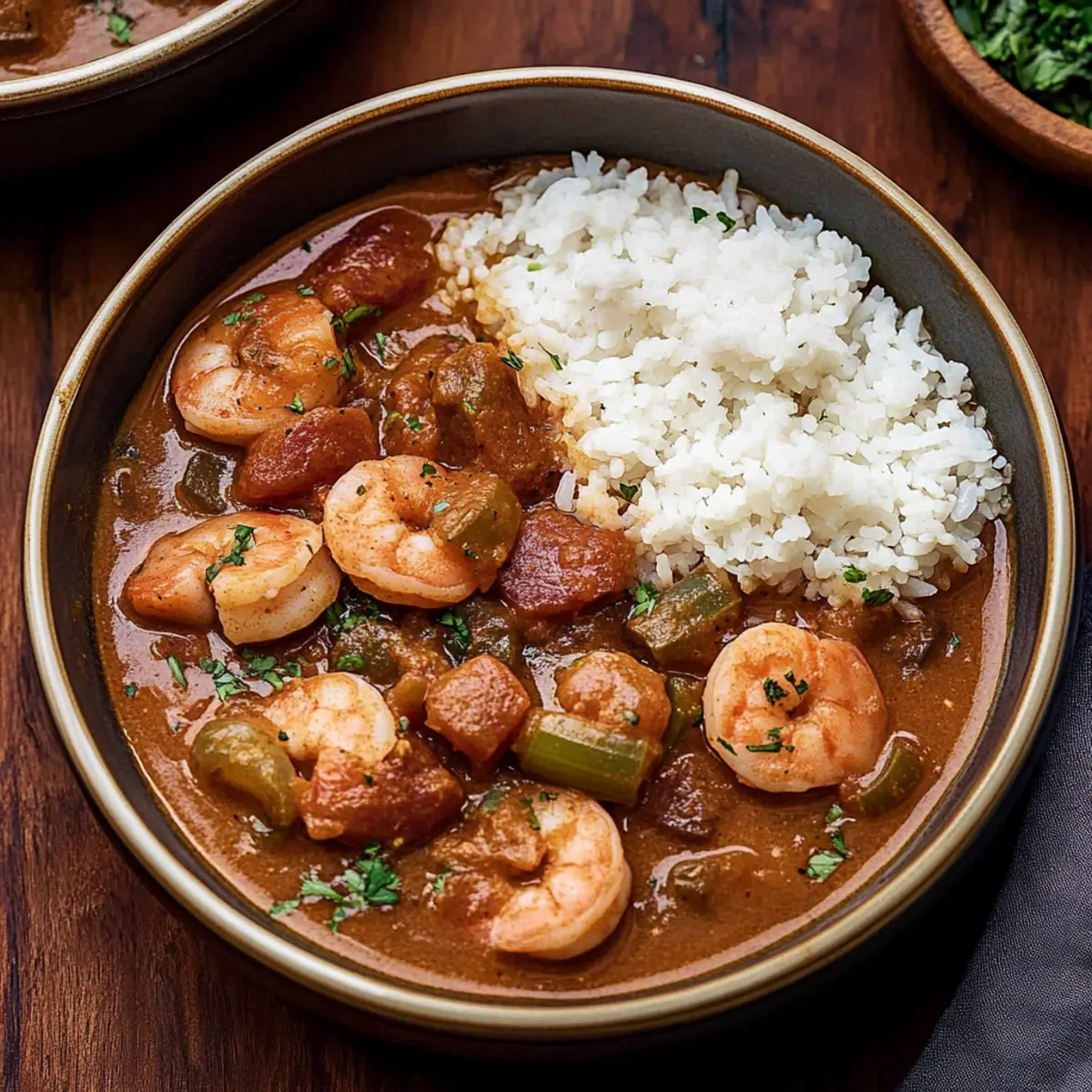
Gumbo Recipe FAQs
What is the best way to select and store fresh shrimp for gumbo?
Absolutely! When choosing shrimp, look for those that are firm, plump, and have a fresh, briny scent. Avoid shrimp that have dark spots or an off-putting odor. For storage, keep fresh shrimp in the coldest part of your refrigerator and use them within 1-2 days. If you’re not using them right away, I recommend freezing them. Place shrimp in an airtight bag, removing as much air as possible to prevent freezer burn, and they can last up to 3 months in the freezer.
How should I store leftover gumbo?
Very! You can refrigerate leftovers in an airtight container for up to 3 days. Allow the gumbo to cool completely before sealing it to maintain its freshness. To enjoy later, simply reheat on low heat on the stovetop, stirring occasionally to ensure even warming.
Can I freeze my gumbo, and if so, how?
Yes, you can freeze gumbo, but make sure to leave out the rice! To freeze, pour your cooled gumbo into airtight containers or heavy-duty freezer bags, making sure to label them with the date. It will keep well for up to 3 months. When you’re ready to eat, thaw in the fridge overnight and reheat gently on the stovetop until piping hot. Remember, the key to maintaining the gumbo's authenticity is to keep it separate from the rice until you’re ready to serve!
What should I do if my gumbo turns out too thick or too thin?
Oh, this can happen! If your gumbo is too thick, simply add a bit of warm beef or chicken broth gradually, stirring until you reach your desired consistency. On the other hand, if it’s too thin, let it simmer uncovered for a little longer, stirring occasionally, until it thickens up to your liking. Remember, a well-balanced gumbo is all about patience and careful adjustments!
Are there any dietary considerations I should keep in mind?
Definitely! If you’re cooking for someone with shellfish allergies, substitute shrimp with chicken or sausage and omit any shrimp stock in the broth. Additionally, be cautious with the hot sauce if spice levels are a concern. For gluten-free options, ensure you're using gluten-free flour for the roux and specific brands of sausage and broth that meet your dietary needs. Always double-check the ingredients when entertaining guests!
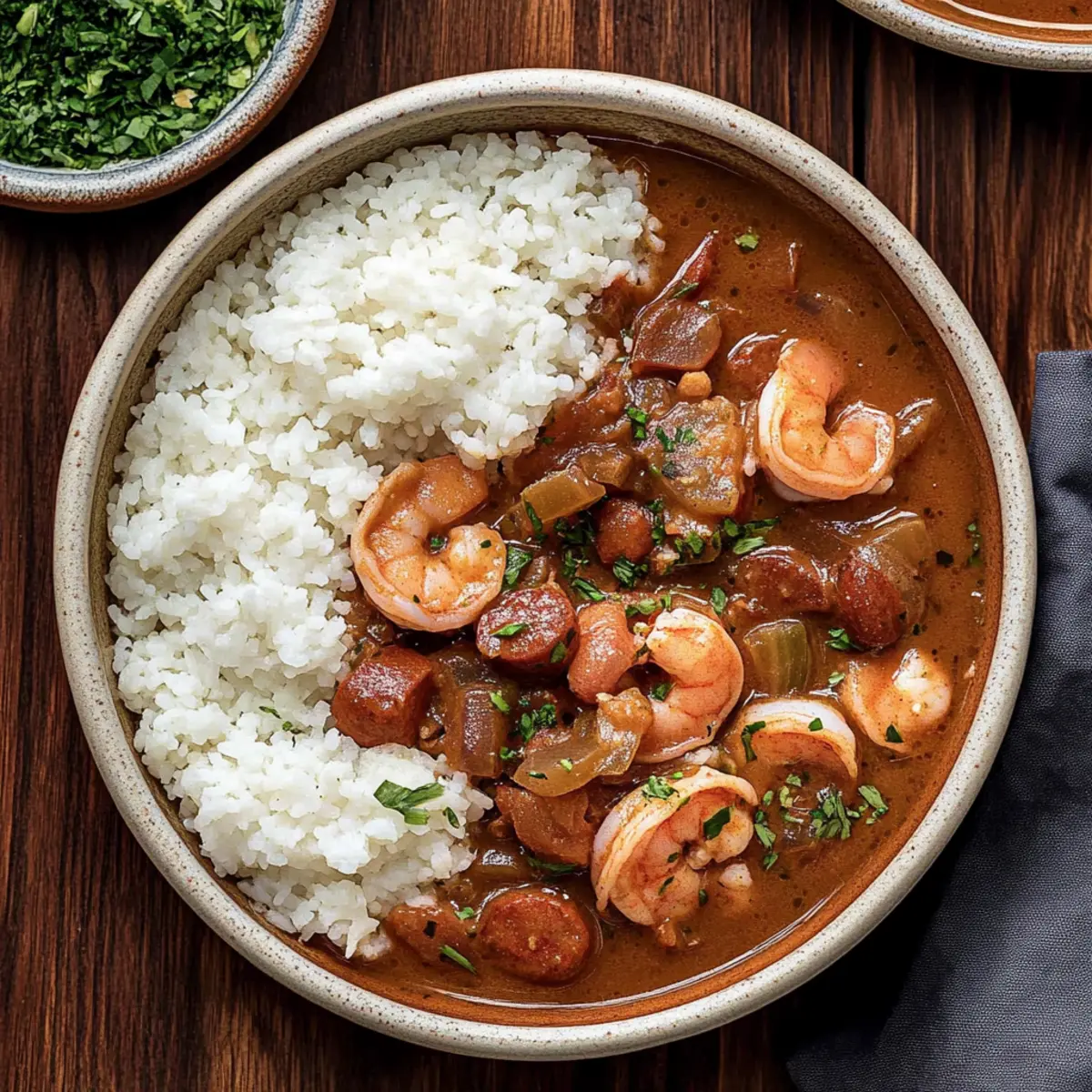
The Best Cajun Gumbo: A Heartwarming Stew to Savor
Ingredients
Equipment
Method
- Melt the butter in a large pot over medium-low heat. The butter should be bubbly but not browning yet.
- Whisk in the flour, cooking until the roux reaches a deep brown color, about 30-40 minutes.
- Cool the roux slightly to enhance its flavor.
- Chop the celery, onion, bell pepper, and garlic in a food processor.
- Combine the chopped vegetables with the roux and cook until tender, about 8-12 minutes.
- Gradually whisk in the beef broth and bring to a boil, about 15-20 minutes.
- Lower the heat and stir in andouille sausage, stewed tomatoes, tomato sauce, hot sauce, white sugar, Cajun seasoning, dried thyme, and bay leaves, simmer uncovered for 45 minutes.
- After 45 minutes, add 2 teaspoons of gumbo filé powder and simmer for an additional 15 minutes.
- Remove bay leaves, add medium shrimp and Worcestershire sauce, and cook until shrimp are pink and opaque, about 45-60 minutes.
- Serve the gumbo over cooked white rice.

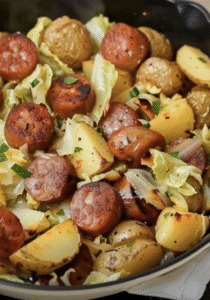
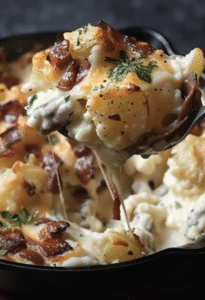
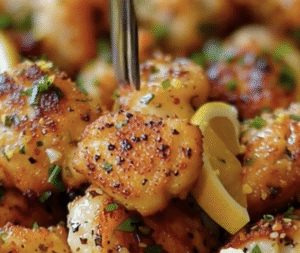

Leave a Reply